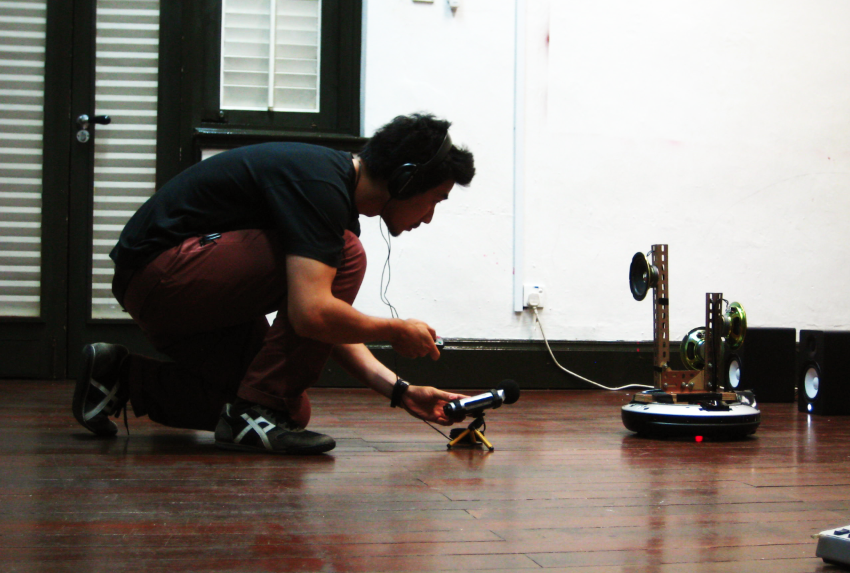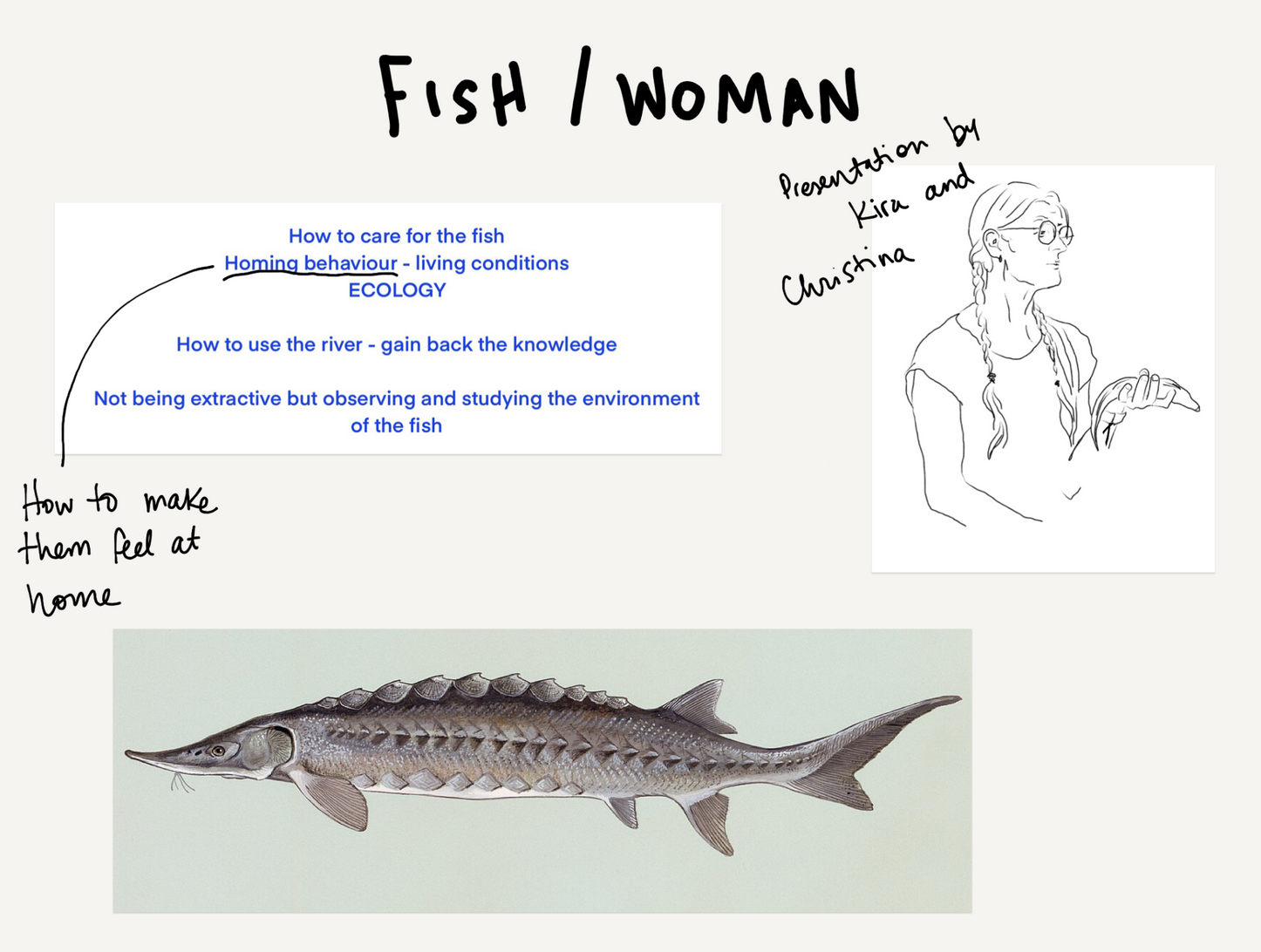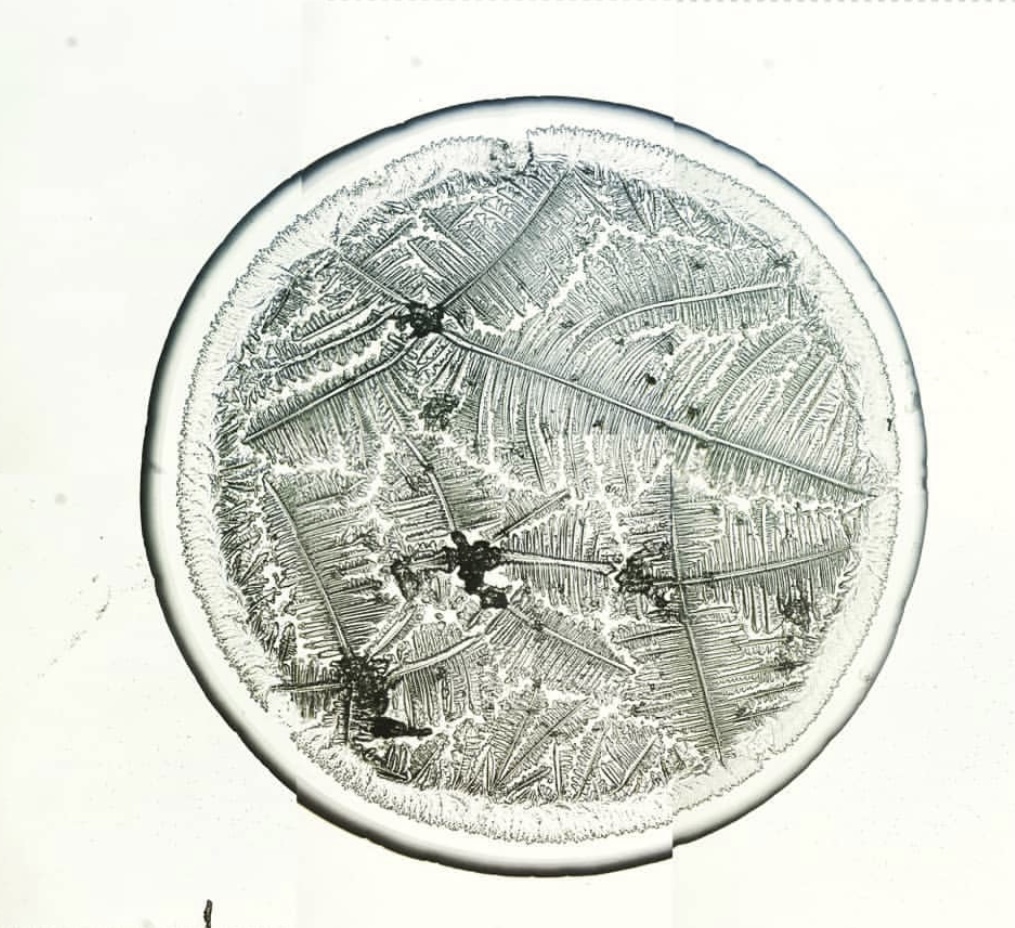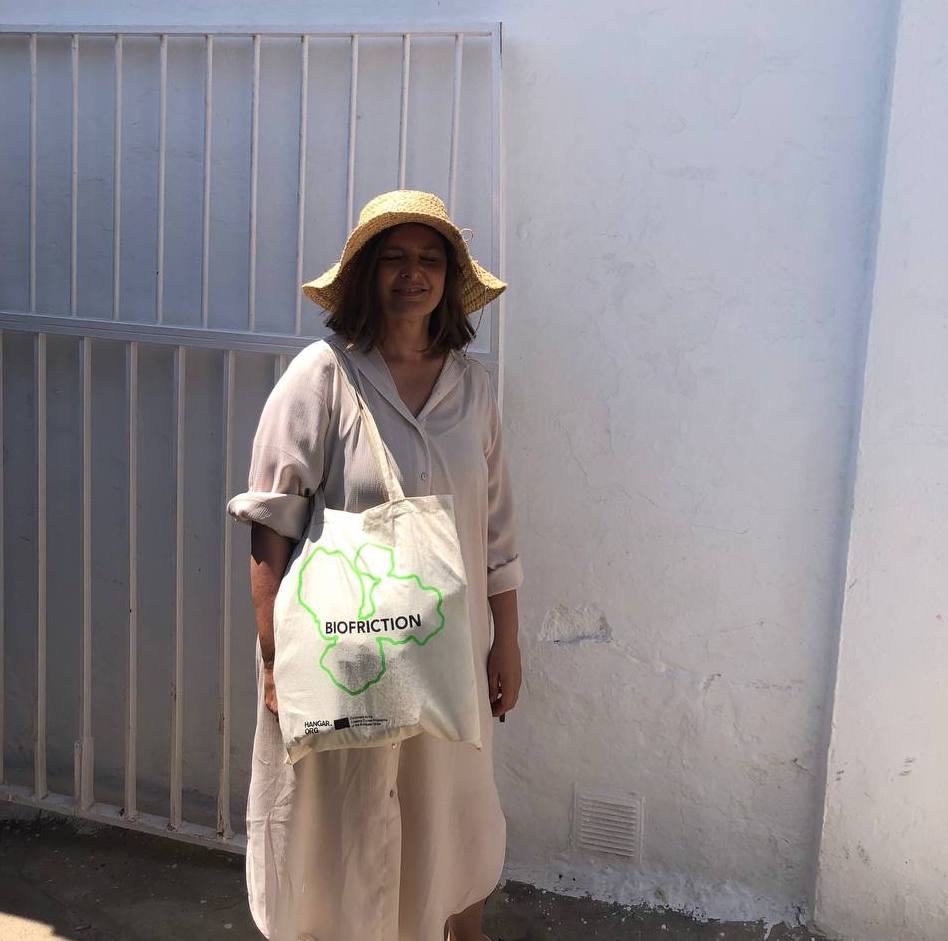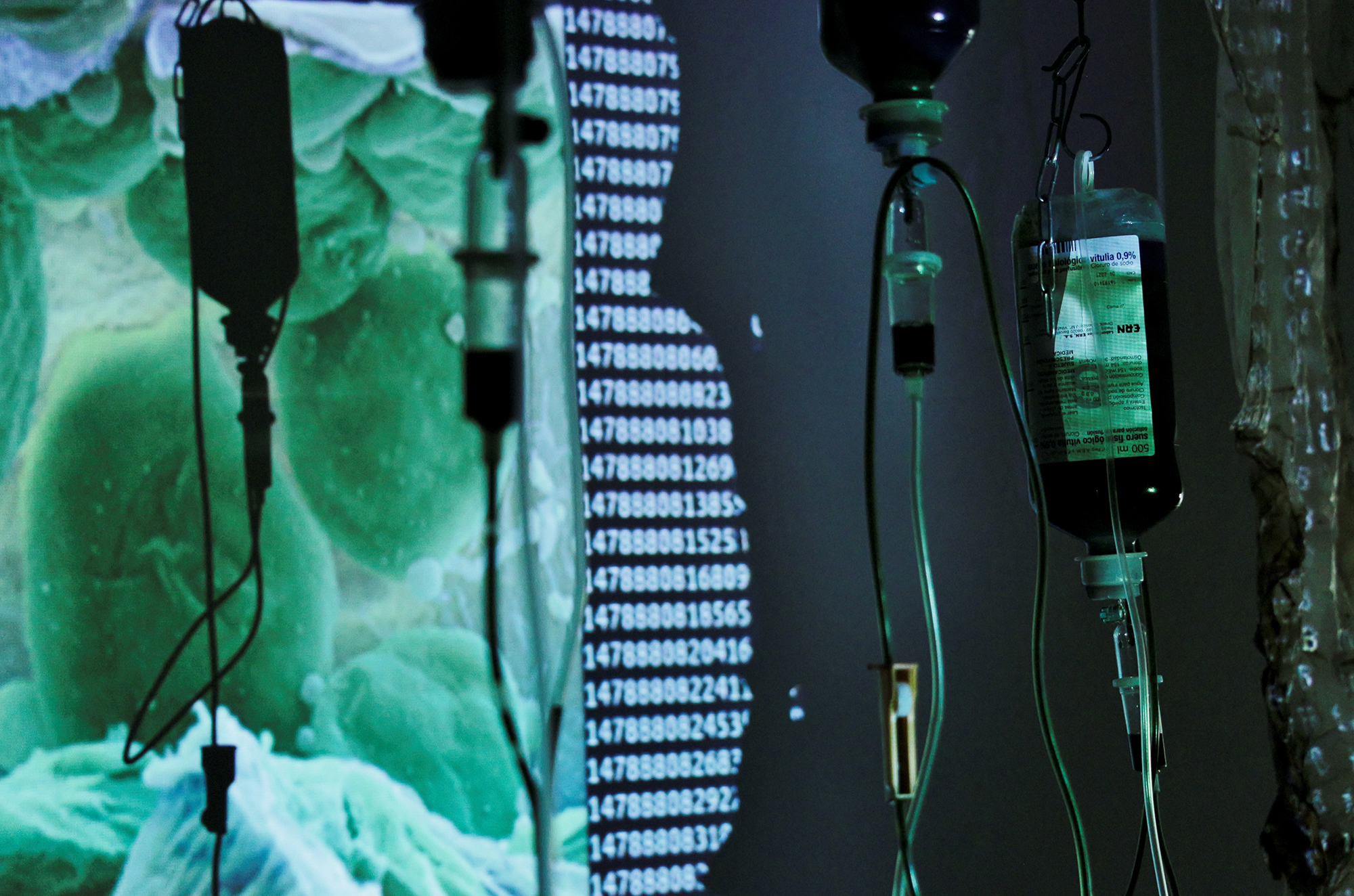
From the 2nd till the 25th of September Trans*Plant: May the Chlorophyll be with/in you exhibition takes place in the SOLU Space venue.
Trans*Plant is a transdisciplinary project, initiated by Quimera Rosa in 2016, that utilizes living systems and is based on self-experimentation: it is a process that involves a human to plant transition in various formats. The project juxtaposes disciplines such as arts, philosophy, biology, ecology, physics, botany, medicine, nursing, pharmacology and electronics.
Trans*Plant aims to involve in debates surrounding the Anthropocene from a perspective that is not based on ‘human exceptionalism and methodological individualism’ (Donna Haraway) but to address the world and its inhabitants as products of ‘cyborg processes’, of ‘becoming with’ (Vinciane Despret) and of ‘sympoiesis’ (Haraway).
With our project we try to break down this duality in western thinking: Woman and man, heterosexual and homosexual, natural and artificial, white and not white, normal and abnormal, human and animal, science and witchcraft. These dualities can be continued on an almost infinite list. Everything belongs together. All life is a mixture of everything – people, machines, plants, animals and so on. (Quimera Rosa)
Download the full text of the project here!
–
Quimera Rosa (Pink Chimera) is a Barcelona-based collective researching and experimenting on body, technology and identities. Their work is based on the deconstruction of sex and gender identities and the interaction between body, machine and environment.
Quimera Rosa makes bodies a platform for public intervention, breaking up limits between public and private. They are particularly interested in the ways art, science and technology intertwine and their functions in producing subjectivities. Currently, Quimera Rosa focuses on creating transdisciplinary projects and performances, elaborating electronic devices that work with body practices and biohacking experiments.
Most of Quimera Rosa’s work is collaborative and always free of patents and proprietary codes. Their work has been presented in various contexts, from streets to contemporary art centres, bars, galleries, universities, concert halls, colleges, discos, museums, squats, festivals and national scenes.
https://quimerarosa.net/
Practical details:
When: 2nd to the 25th of September 2021
Venue: SOLU Space, Luotsikatu 13, Helsinki
Entrance: Wednesday to Saturday from 12–16h or by appointment
For more send an email to: info@bioartsociety.fi
Photo by Amar Belmabrouk
The exhibition is part of Biofriction, a Creative Europe project led by Hangar in collaboration with Bioart Society, Cultivamos Cultura, and Kersnikova Institute on Bioart and Biohacking practices.
